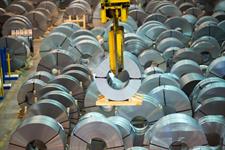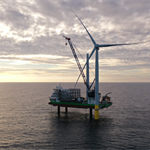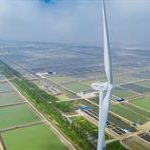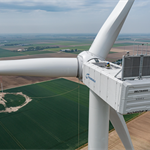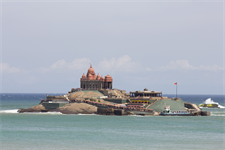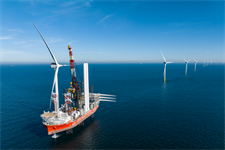BloombergNEF warns of commodity price pressure on wind sector
Energy Disrupter
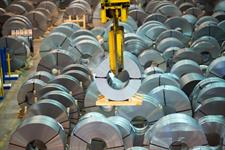
Average global onshore wind costs fell in the first half of the year, despite rising commodity prices, according to new analysis.
However, if prices for commodities such as steel and copper continue to rise, wind prices could also increase in the second half of 2021, according to BloombergNEF.
The global benchmark levelised cost of electricity (LCOE) for onshore wind fell to $41/MWh in the first half of the year – down 7% from one year earlier, and down 63% from 2010, the analysts found.
This conceals a range of country-level estimates that vary according to market maturity, project size, local financing conditions and labour costs, the analysts noted.
The lowest LCOEs for onshore wind in the first half of 2021 were found in Brazil and Texas, at $22/MWh, which is comparable with the cheapest LCOEs for solar PV, found in Chile and India.
By comparison, the highest LCOEs for onshore wind in the first six months of the year were found in Indonesia ($135/MWh), South Korea ($127/MWh), Thailand ($124/MWh) and Japan ($114/MWh). The Japanese and Korean costs were so high due to the small size of projects and turbines deployed as well as project development costs. Meanwhile lower quality wind resources and capacity factors of 20-25% pushed up costs in Indonesia and Thailand.
Commodity price pressure
However, a sustained rise in commodity prices through the second half of 2021 could mean renewable power gets temporarily more expensive for the first time in decades, according to BloombergNEF chief economist Seb Henbest.
This warning echoes similar concerns raised by the likes of turbine manufacturers Nordex and Siemens Gamesa in recent months.
Global steel prices doubled year on year in the first six months of 2021, affecting wind turbine costs. For example, wind turbine prices in India have increased 5% over the last six months, according to BloombergNEF.
However, the analysts noted that manufacturing – not materials – makes up most of the final costs of wind turbines, solar PV modules and battery packs.
BloombergNEF added that supply chains will absorb part of the rise in commodity prices before it impacts developers, and that some developers will have longer-run purchase orders that might shield them against this increase.

